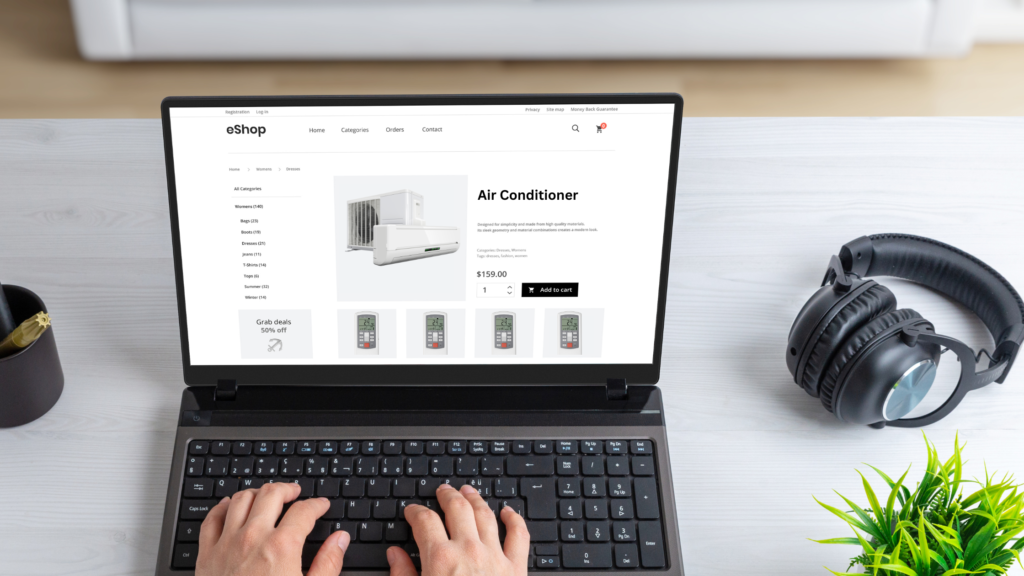Schedule Meeting Imagine a growing textile business, bustling with new orders every day, striving to keep up with the increasing demands of its customers. Managing these orders manually becomes a challenging task, prone to errors, delays, and inefficiencies. This is where apparel order management software, integrated within an ERP system becomes essential. A textile order management software is developed to streamline the entire sales order process. It seamlessly integrates with other departments like inventory, production, finance, etc., and offers real-time data. As a result, textile manufacturers benefit from increased business visibility, reducing errors and enhancing customer experience. This blog post will discuss the essential role of an order management system for textile integrated within an ERP software and highlights its specific features and benefits. Role of Apparel Order Management Software While investing in a standalone fashion order management software can do the work for textile manufacturers, an advanced ERP software with comprehensive modules is always a better choice! A comprehensive ERP system consists of an order management module that integrates various business processes, providing a unified platform for managing various orders. Since all modules within an ERP software work in sync with each other, it helps textile manufacturers ensure that all departments ranging from sales and inventory to finance work together easily. Here are some of the important roles an order management system for textile plays: 1. Seamlessly Integrates Departments: ERP or an apparel order management software connects sales, inventory, finance, and shipping, ensuring information flows seamlessly and processes are synchronized. This integration improves accuracy and efficiency by automatically updating all relevant departments when a sales order is placed. 2. Offers Real-time Data and Visibility: Textile order management software provides real-time tracking of sales orders from the moment they are placed until they are fulfilled. This real-time visibility into order status, inventory levels, and customer details enables sales teams to proactively manage customer expectations, provide accurate delivery timelines, and promptly address any issues that may arise. 3. Improves Accuracy and Reduces Errors: ERP software automates critical aspects of sales order management, such as data entry, order processing, and billing. This automation ensures that every step, from capturing customer orders to final invoicing, is executed with precision. The result is fewer human errors in shipments, accurate billing, and a smoother overall process. 4. Enhances Customer Experience: With apparel order management software centralizing customer information, sales representatives are empowered to offer highly personalized service. They can quickly access relevant data to address customer inquiries, tailor recommendations, and resolve issues on the spot. This personalized approach enhances the overall customer experience, fostering stronger relationships and boosting customer satisfaction and loyalty. Key Features of Textile Order Management Software Fashion order management software offers numerous features tailored to the unique needs of the textile industry. These features streamline sales order management, enhance efficiency, and improve overall business performance. Here are the key features that make ERP or an apparel order management software a factor for optimizing sales orders in the textile industry: 1. Centralized Sales Channels: The textile industry consists of various sales channels such as direct sales, online platforms, and distributors. ERP textile order management software centralizes all these channels into a single platform. This centralization provides a holistic view of all sales activities, enabling better coordination and management. It also ensures consistency in pricing, discounts, and promotions across different channels, enhancing customer trust and satisfaction. 2. Automated Order Processing Manual order processing is time-consuming and creates opportunity for a lot of errors. ERP textile order management software automates processes ranging from order entry to invoicing. This automation accelerates order fulfilment, ensures that all necessary steps are followed accurately, and reduces the likelihood of costly mistakes. Additionally, it allows businesses to handle a higher volume of orders without increasing overhead, enabling them to scale efficiently. 3. Standardized Order Fulfilment Processes Apparel order management software helps standardize order fulfilment processes by establishing clear workflows and protocols. This standardization ensures that every order ranging from inventory checks to packaging and shipping is handled consistently. This feature helps reduce variability in final products and maintain an even standard. This helps increase the product quality, reduce room for inconsistencies, increase customer satisfaction, and in turn lead to more sales. 4. Manage Payment Records Managing payment records accurately is essential for maintaining accurate cash flow and financial stability. Fashion order management software tracks all payment transactions, ensuring that invoices are accurate, and payments are received on time. The software maintains clear records of order payments, provides real-time visibility into outstanding payments, and automates reminders for overdue accounts. This feature helps textile businesses to manage finances more effectively and reduces the risk of payment disputes. Optimizing inventory management through ERP software ensures that the right materials are available when needed, reducing production delays and holding costs. This leads to improved inventory turnover rates, lower waste, and enhanced overall efficiency in the textile production process. 5. Informative Reports and Decision-Making Apparel order management software generates comprehensive reports that provide insights into sales performance, order trends, and customer behavior. These reports help promote informed decision-making among textile manufacturers with regards to inventory management, marketing strategies, and resource allocation. In the textile industry, where market trends can change rapidly, having access to accurate and timely information allows companies to adapt quickly. ERP-generated reports help identify areas for improvement and optimize sales strategies. Fashion order management software plays a transformative role in sales order management for the textile industry. It streamlines processes, enhances accuracy, and improves customer satisfaction. By offering centralized sales channels, automating order processing, standardizing fulfilment processes, managing payment records, and providing informative reports, ERP software enables textile companies to stay competitive in a fast-paced market. Implementing apparel order management software is not just an investment in technology; it’s an investment in the future success of your business.











